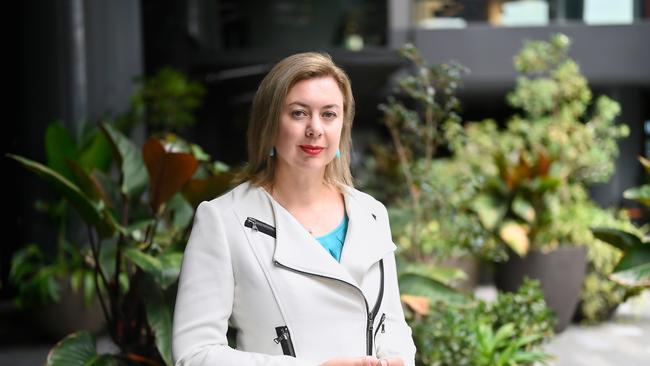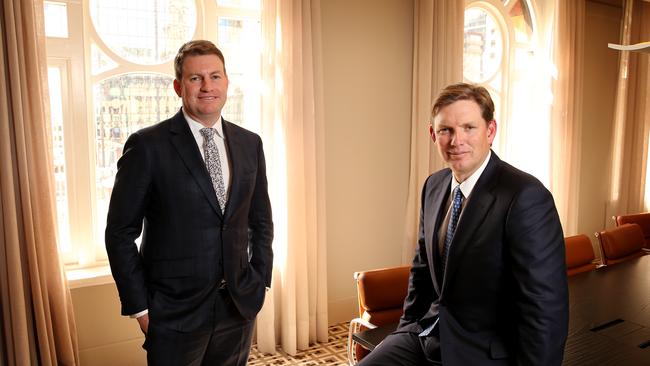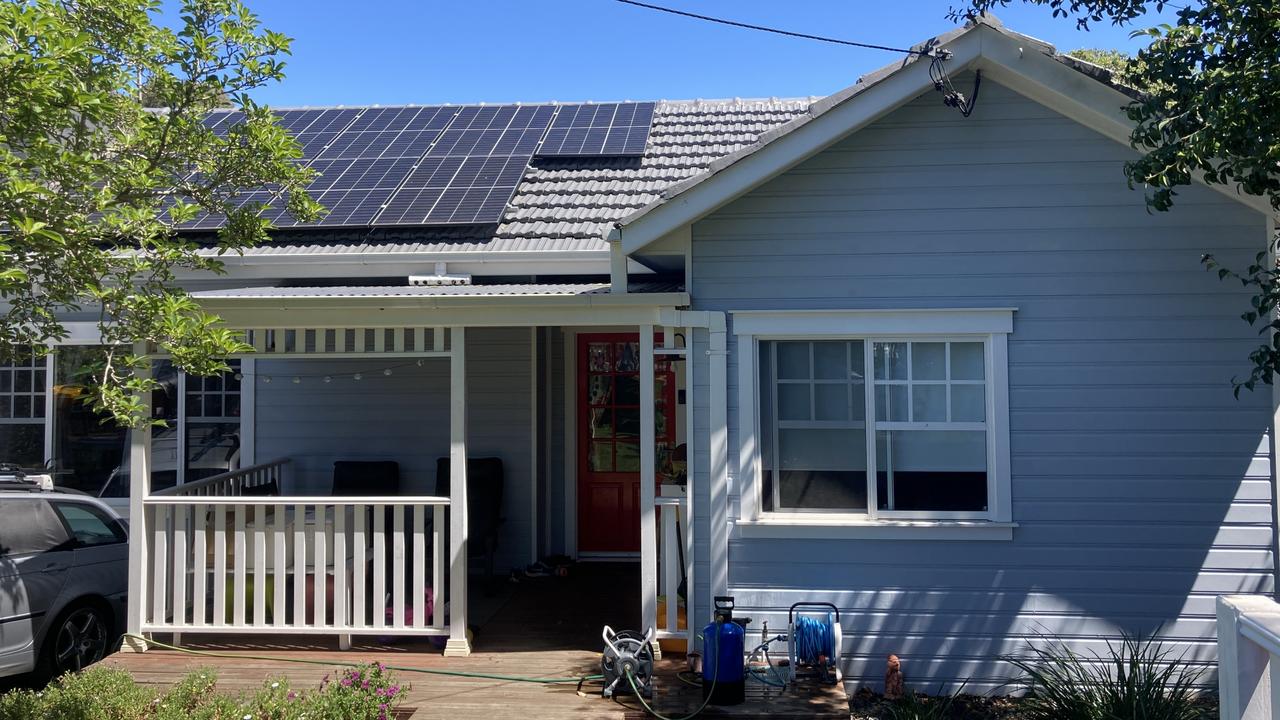Compensation scheme of last resort has only just started and advisers are bracing for $135m bill
A fight over who funds a scheme to compensate victims of bad financial advice has advisers crying foul as they brace for nearly $135m in claims already from the collapse of just one firm.

The compensation scheme of last resort (CSLR) has only just kicked off and already advisers are bracing for $135m bill – and that’s just for claims related to the collapse of Dixon Advisory.
The scheme’s launch could not have been more painfully timed for advisers, with thousands of Dixon claims flowing in right up to the end of June. (Advisers are on the hook for the vast majority of the CSLR’s funding, via levies, from July 1.)
The industry is incensed, crying foul over the scheme’s retrospectivity and apparent broken promises from the Labor government.
It wasn’t supposed to be like this.
Consumer protection gap
Proposed by the Ramsay Review in 2017 and backed by the banking royal commission, the CSLR came about because there was a gap in consumer protections for those unable to get compensation from insolvent firms.
It allows victims of poor advice and financial misconduct unable to access redress through other avenues due to insolvency, to claim compensation up to $150,000.
Financial advisers are clear in their argument: CSLR is a good idea, executed badly.
“The scheme itself we strongly support because it’s appropriate that consumers should have that recourse. But we do not support the funding model,” said Financial Advice Association of Australia chief executive Sarah Abood.
“One of our big issues is it’s partly retrospective, so the scheme is covering failures that occurred before it came into existence.”
If not for Dixon Advisory’s demise, perhaps the scheme would have come into effect quietly and without resistance.

As it is, 2773 complaints from former Dixon Advisory clients have been lodged with the Australian Financial Complaints Authority – this is the first step for victims to get compensation. Under the scheme, successful claims are then passed to the CSLR.
The Dixon Advisory compensation bill was to be divided up three ways (not evenly) between the big banks, advisers and the federal government.
The 10 largest financial institutions, excluding super funds, are on the hook for the 1600-odd Dixon claims received before September 7, 2022.
That’s for an estimated cost of $200m.
The government was set to pay for any Dixon Advisory claims finalised between the start of April and June 30th this year, but none were completed during this time – so no payment required.
The advice industry, as the last stop, is footing the bill for the remaining 1135 cases, for an estimated cost of $135m.
But it is not yet known how much the final amount will be, leaving an already under-pressure industry in limbo for the foreseeable future.
It could be years before the final figure in known – AFCA paused progress of complaints against Dixon in January 2022 and only began looking at them again in April this year, once the CSLR came into force.
CSLR ramps up payouts
And the Dixon compensation claims are only for the one failed firm. The industry will have to tip in even more to compensate victims of other insolvent financial firms.
According to CSLR CEO David Berry that impact is already flowing through.
“Since 2 April and up to 30 June 2024, 12 claims were paid to a value of $751,000 in compensation, nine in relation to financial advice and three for credit intermediation. These were funded by the Federal Government,” he said.
None of these were for Dixon.
“Between July 1, 2024 and today, 10 claims have been paid to a value of $1.017m. These were funded by the four industry sub-sectors. None was a Dixon claim. Nine were in relation to financial advice and one in relation to credit provision.”
While four sectors from the financial services industry will pay the levy, it is heavily weighted to advisers.
Of the $24.1m estimate for the current financial year, advisers will pay $18.5m. There’s a good chance advisers will pass these rising costs on to clients.
Assistant Treasurer Stephen Jones said the government is doing its part to cut costs for advisers.
“The government understands the pressures on financial advisers and that is why we are focused on improving the quality and affordability of financial advice,” Mr Jones told The Weekend Australian.

With the compensation scheme, there is a fail safe for the industry in the form of an annual levy cap of $20m on each sector. After this point, the Minister could impose a special levy on a broader range of financial institutions.
But if the Dixon claims span years, the cost could come in under the limit each year, extending advisers’ pain at a time when numbers are at a standstill and at risk of going backwards.
Nonetheless galling for advisers is that Dixon’s parent company, E&P Financial, “settled its class action for around 4c on the dollar, while continuing to operate and advise many of the affected clients”, Abood says.
FAAA calls for change
The FAAA is calling for a number of changes to the funding model including: that it be prospective, not retrospective; the government pays for the first full year of operation of the scheme, which it says was originally promised; and the original annual sector cap of $10m be reinstated in place of the current $20m.
So far, the government is standing firm.
The Association of Independently Owned Financial Professionals (AIOFP) has taken the fight a step further:
The AIOFP this week put forward its concerns surrounding “Treasury bureaucrats” and the part they played in the CSLR to the national anti-corruption commission.
Among the AIOFP’s concerns is why the Dixon collapse received “exclusive access to the CSLR compensation process”, unlike the more than 100,000 consumers affected by 191 failed funds since 2006.
Know more about this issue or have a news tip? Contact us at business@theaustralian.com.au





To join the conversation, please log in. Don't have an account? Register
Join the conversation, you are commenting as Logout